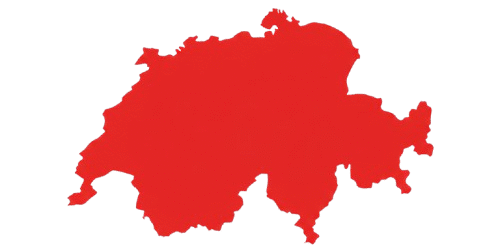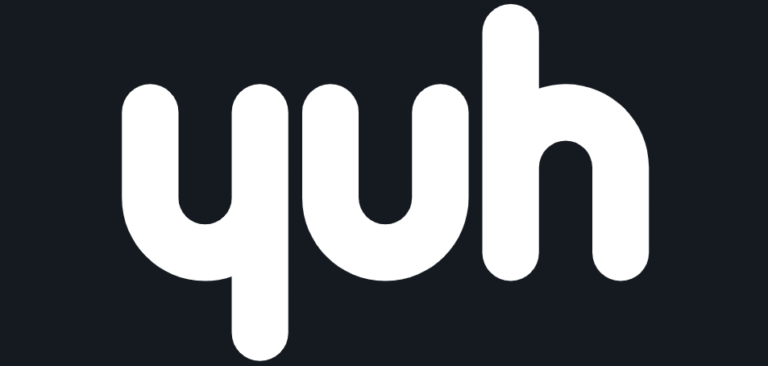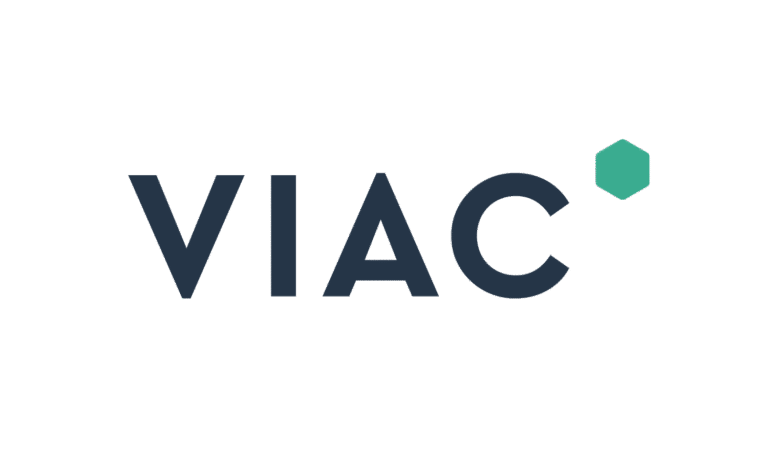Swiss Health Insurance Explained: A Beginner’s Guide to LAMal, Franchise, and Premiums
The Swiss health insurance system can feel overwhelming when you first move to Switzerland, but it doesn’t have to be.
The good news? Understanding just three key concepts—premium, franchise, and co-payment—is your secret weapon to saving thousands of francs and choosing the perfect plan without costly mistakes.
What is LAMal? The Foundation of Swiss Health Insurance
First things first, let’s talk about the foundation of the Swiss system: LAMal.
LAMal (Loi fédérale sur l’assurance-maladie) or KVG (Krankenversicherungsgesetz) in German, is the federal law on health insurance. It states that basic health insurance is mandatory for every single person residing in Switzerland. You have three months from your arrival to get yourself signed up.
The key principle of LAMal is solidarity. Insurance companies are legally required to accept anyone for basic insurance, regardless of their age or pre-existing health conditions. You cannot be denied coverage.
So, what does this mandatory insurance actually cover?
- Visits to your doctor and specialists.
- Hospital costs (in a general ward within your canton of residence).
- Prescription drugs (from the official list of covered medications).
- Maternity care, including check-ups, birth, and post-natal care.
- Specific preventive measures (like certain vaccinations).
It’s just as important to know what basic insurance typically does not cover:
- Dental care (this is the big exception and the most common surprise for newcomers!).
- Eyeglasses and contact lenses (contributions are minimal or non-existent for adults).
- Alternative medicine (unless it’s performed by a certified medical doctor).
- Stays in semi-private or private hospital wards.
The 3 Key Costs: How You Pay for Healthcare
To understand the total cost you’ll pay for healthcare, you need to look at three elements together. Think of them as three essential pieces of a puzzle that determine your annual expenses.
1. The Premium: Your Fixed Monthly Bill
This is the most straightforward part. The premium is the fixed amount you pay to your insurance company every single month, whether you’re perfectly healthy or see a doctor every week.
This monthly bill isn’t the same for everyone. It varies significantly based on four factors:
- Your canton of residence.
- Your chosen insurance company.
- Your age.
- The specific insurance model you select (more on this later).
2. The Franchise: Your Annual Deductible
The franchise is the amount of money you must pay out-of-pocket for your medical bills each year before your insurance starts to pay for anything.
For adults, the standard franchise levels are:
- CHF 300 (the legal minimum)
- CHF 500
- CHF 1,000
- CHF 1,500
- CHF 2,000
- CHF 2,500 (the maximum)
The best way to understand the franchise is with an analogy. Think of your franchise as an empty bucket at the start of each year. Every medical bill you pay yourself—a doctor’s visit, a prescription—adds water to the bucket. Only when the bucket is completely full (meaning you’ve spent enough to reach your chosen franchise amount) does your health insurance step in to help with the costs.
3. The Co-payment: Your 10% Share
Now, once your franchise “bucket” is full, the costs aren’t suddenly 100% free. From that point on, you enter the co-payment phase. You pay 10% of every subsequent medical bill, and your insurance covers the other 90%.
But here’s a crucial detail: this 10% share has a cap. The maximum co-payment you can be charged in a year is CHF 700 for adults. Once you’ve paid that CHF 700 in co-payments, your insurance will cover 100% of all further eligible costs for the rest of the calendar year.
| Cost Component | What It Is | How It Works |
| Premium | Your fixed monthly payment | You pay this every month, no matter what. |
| Franchise | Your annual deductible (CHF 300 – 2,500) | You pay 100% of your medical bills until you reach this amount. |
| Co-payment | Your 10% share after the franchise is met | You pay 10% of bills until you hit the CHF 700 annual cap. |
How to Choose Your Franchise: A Simple Mathematical Guide
High franchise or low franchise? The answer depends on just one thing: how much you realistically expect to spend on medical care in the coming year.
Scenario 1: You’re Healthy and Want Maximum Savings
The Rule: If you rarely visit a doctor, don’t take regular medication, and are generally in good health, your annual medical expenses will likely be well under CHF 2,000.
The Strategy: Choose the maximum franchise of CHF 2,500. Yes, this means you will pay for your few medical bills entirely out-of-pocket. However, your monthly premium will be the lowest possible, saving you a significant amount of money over the year. The savings on the premium will almost always be greater than your minor medical costs.
Scenario 2: You Have Predictable Costs and Need More Coverage
The Rule: If you have a chronic condition, require regular prescription medication, or anticipate needing consistent medical care, your expenses will almost certainly exceed CHF 2,000.
The Strategy: Choose the minimum franchise of CHF 300. Your monthly premium will be higher, but your insurance will start covering 90% of your costs much, much sooner. This will save you a great deal of money on the total cost when all is said and done.
The Break-Even Point
You can even calculate a rough break-even point. For example, if the difference in the annual premium between a CHF 300 franchise and a CHF 2,500 franchise is CHF 1,800, your break-even point is around CHF 2,000 in medical bills. If you spend more than that, the low franchise is cheaper. If you spend less, the high franchise saves you money.
Big Savings: Choose the Right Insurance Model
Besides the franchise, selecting the right insurance model is your next biggest opportunity to save money—often up to 25% on your premiums. The main difference is who you are required to contact first when you need care.
- Standard (Free Choice): This is the most expensive and most flexible model. You can go to any doctor or specialist at any time without a prior referral.
- HMO (Health Maintenance Organization): With this model, you must always first visit a specific HMO medical center. The doctors at this center act as “gatekeepers” and will refer you to a specialist if needed. This model offers high savings.
- Family Doctor (Hausarzt): Similar to the HMO model, but your designated family doctor is your gatekeeper. You must consult them first before seeing any specialist.
- Telmed: A very popular model that combines savings and flexibility. Before visiting any doctor, you are required to call a medical advisory hotline. A healthcare professional will assess your situation and recommend the next steps.
A Crucial Detail: Accident Coverage
Here’s a simple trick that can save you money instantly. If you are employed for more than 8 hours per week with the same employer in Switzerland, you are automatically insured against accidents (both at work and during your free time) through your employer.
In this case, you can—and absolutely should—remove accident coverage from your personal health insurance policy. Doing so will immediately reduce your premium by about 5-7%. If you are a student, unemployed, or self-employed, you must keep accident coverage included in your policy.
Supplementary Insurance: Do You Need It?
Everything we’ve discussed so far is part of the mandatory basic insurance (LAMal). Supplementary insurance is something completely different. It’s a private, optional insurance product not regulated by LAMal. This means insurance companies can reject your application based on your health status.
Common examples of what supplementary insurance covers include:
- Dental treatments
- Semi-private or private rooms in a hospital
- Alternative medicine
- Contributions to gym memberships, eyeglasses, or contact lenses
Our Verdict: Evaluate your needs carefully. Supplementary insurance is a “nice-to-have,” not a “must-have.” Focus on getting your mandatory basic insurance perfectly optimized first. Only then should you consider adding extras if you have a specific need and budget for them.
Deadlines & How to Switch: Don’t Miss Out!
To save money, you need to know how to switch providers. There is one golden date you cannot forget.
To change your basic health insurance for the following year, your cancellation letter must ARRIVE at your current insurance company by the last working day of November.
Practical Tip: Don’t wait until the last minute. Send your cancellation letter via registered mail around November 20th to 25th to be absolutely sure it arrives on time.
Your Action Checklist: 5 Steps to Your Perfect Insurance
Feeling ready to take control? Here are five simple steps to find the best and most affordable insurance for you.
- Estimate Your Health Costs: Be honest with yourself. How much do you realistically think you’ll spend on doctors and medicine this year?
- Choose Your Franchise: If your estimated costs are low, pick the CHF 2,500 franchise. If your costs are predictably high, pick the CHF 300 franchise.
- Select Your Model: Are you comfortable calling a hotline or seeing your family doctor before a specialist visit? Choose Telmed or Family Doctor to save money.
- Check Accident Coverage: Do you work more than 8 hours per week for one employer? If so, remove accident coverage from your policy.
- Compare Premiums: Use a neutral online comparison tool (like the official government site priminfo.ch or a private one like Comparis) to input your choices and find the company offering the best price for your profile.






